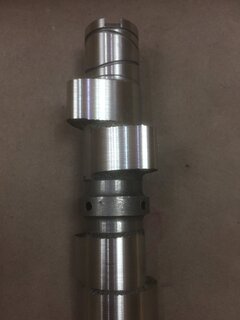- Joined
- Sep 4, 2017
- Messages
- 6
Hi fellow Norton fans. I just need some advice on a camshaft I have purchased.
The camshaft is chilled iron camshaft circa 1970.
After receiving the item, I am worried about the quality of the lobes. The cut on the lobes are jagged.
So is the cam fine to install, or should I return ?
My knowledge is limited, so I’m going to rely heavily on the advice I receive from this magnificent forum.
The bike is Mk2a. Cheers.
The camshaft is chilled iron camshaft circa 1970.
After receiving the item, I am worried about the quality of the lobes. The cut on the lobes are jagged.
So is the cam fine to install, or should I return ?
My knowledge is limited, so I’m going to rely heavily on the advice I receive from this magnificent forum.
The bike is Mk2a. Cheers.
Attachments
-
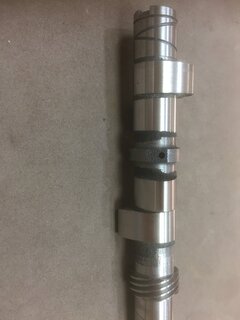 3ABDEC07-7C84-4CBD-A0C5-9712355E04BB.jpeg217 KB · Views: 256
3ABDEC07-7C84-4CBD-A0C5-9712355E04BB.jpeg217 KB · Views: 256 -
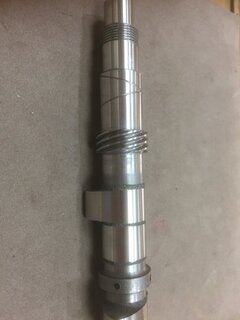 4707B043-5956-46A6-B378-0537C45EC465.jpeg220.3 KB · Views: 282
4707B043-5956-46A6-B378-0537C45EC465.jpeg220.3 KB · Views: 282 -
 BBAB77C6-C0E3-433D-B7B0-13F207CF4932.jpeg152.5 KB · Views: 280
BBAB77C6-C0E3-433D-B7B0-13F207CF4932.jpeg152.5 KB · Views: 280 -
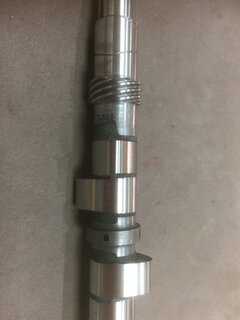 AE98D2B8-F182-4D74-815A-ECB3E49D4929.jpeg215.4 KB · Views: 265
AE98D2B8-F182-4D74-815A-ECB3E49D4929.jpeg215.4 KB · Views: 265 -
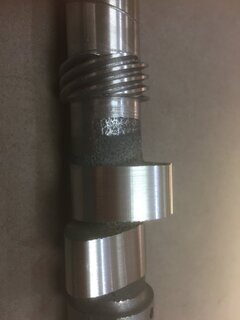 A4580267-DE58-440F-AF9F-964D579FA1AB.jpeg144.2 KB · Views: 213
A4580267-DE58-440F-AF9F-964D579FA1AB.jpeg144.2 KB · Views: 213 -
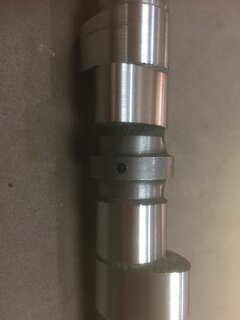 E23937A3-6C17-4A7F-A563-209B874C5992.jpeg167.1 KB · Views: 240
E23937A3-6C17-4A7F-A563-209B874C5992.jpeg167.1 KB · Views: 240

